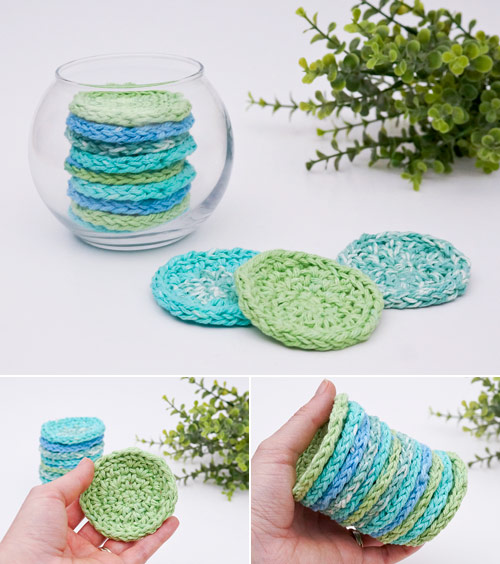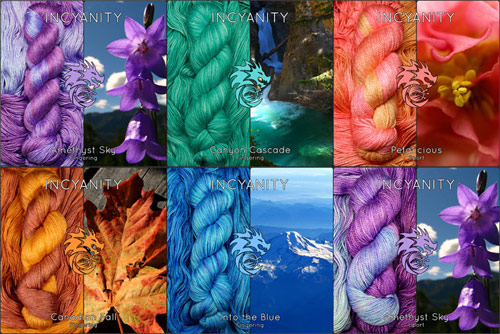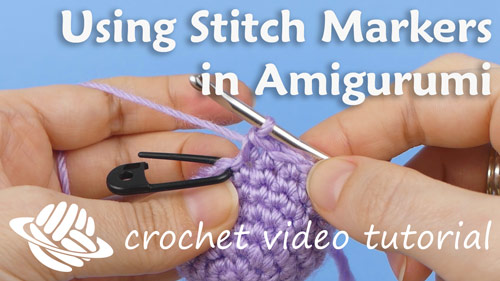
If you’ve seen my new Eco-Friendly Cosmetic Rounds pattern, you may be wondering what type of yarn is best for making them. Does it even matter? Will any cotton yarn scraps work equally well? Should you choose a yarn based solely on colour preference, or is there an advantage in using more expensive yarn, organic […]

















